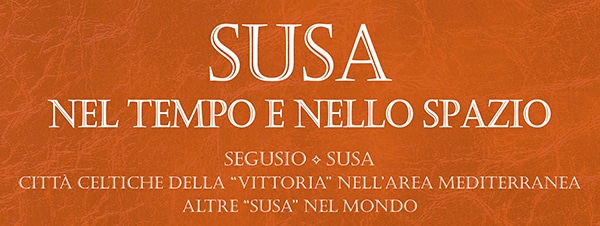Tunisia: SUSA – Sousse
Sousse è una delle più antiche città fenice della Tunisia, fondata nel IX sec. a. C. con il nome di Hadrumete. La città si alleò con Roma durante la III guerra punica, sfuggendo così ai danni e alla rovina di un conflitto armato ed godette di un periodo di 700 anni relativamente pacifici con la Pax Romana. Nell’VII secolo gli eserciti arabo-islamici conquistarono l’attuale Tunisia e diffusero rapidamente la cultura araba nel paesaggio che si presentava completamente romanizzato e cristianizzato. Nei secoli che seguirono, Susa fu occupata per un breve periodo dai Normanni di Sicilia (XII secolo), in seguito fu occupata dagli Spagnoli e durante la II Guerra Mondiale venne ripetutamente bombardata dagli Alleati. I francesi chiamarono la città Sousse.
La città di Sousse ha conservato l’aspetto indiscutibilmente arabo e l’atmosfera che aveva assunto in seguito alle guerre di conquista dell’Islam. Oggi è considerata uno dei poli turistici più rilevanti dello Stato. L’attrattiva turistica, collegata anche all’importante patrimonio storico, ha reso la Città uno dei luoghi di vacanza più ambito del nord Africa. Sousse è una delle città più antiche della Tunisia che possiede un’autentica medina, dichiarata patrimonio dell’umanità dall’UNESCO. Tutti i luoghi d’interesse di Sousse – la Grande Moschea (851), il Ribat (821), la Kasba (859) e le Catacombe dei Cristiani (II e IV sec. a.C.) – si trovano all’interno della labirintica medina, nel cuore della città.
Sousse or Soussa is a city in Tunisia, capital of the Sousse Governorate. The Phoenicians founded Hadrumete in the 9th century BC. The city allied itself with Rome during the Punic Wars III, thereby escaping damage or ruin and entered a relatively peaceful 700-year period under the Pax Romana. In the 7th century AD Arab-Islamic armies conquered what is now Tunisia and rapidly spread Arab culture across what had been a thoroughly Romanized and Christianized landscape. In the centuries that followed, Susa was briefly occupied by the Normans of Sicily in the 12th century, was later more thoroughly occupied by the Spanish, and in the 18th century was the target of bombardments by the Venetians and the French. The French called the city Sousse.
Despite the turmoil around it, Sousse’s character had retained the solidly Arabian look and feel it had assumed in the centuries after Islam’s wars of conquest. Today it is considered one of the best examples of seaward-facing fortifications built by the Arabs. Sousse is one of the older cities in Tunisia possessing an authentic medina, which has been declared a UNESCO World Heritage Site. All of Sousse’s sights – the Great Mosque, the Ribat, the Kasba and the Catacombs – are located within the labyrinthine medina in the heart of the city.
